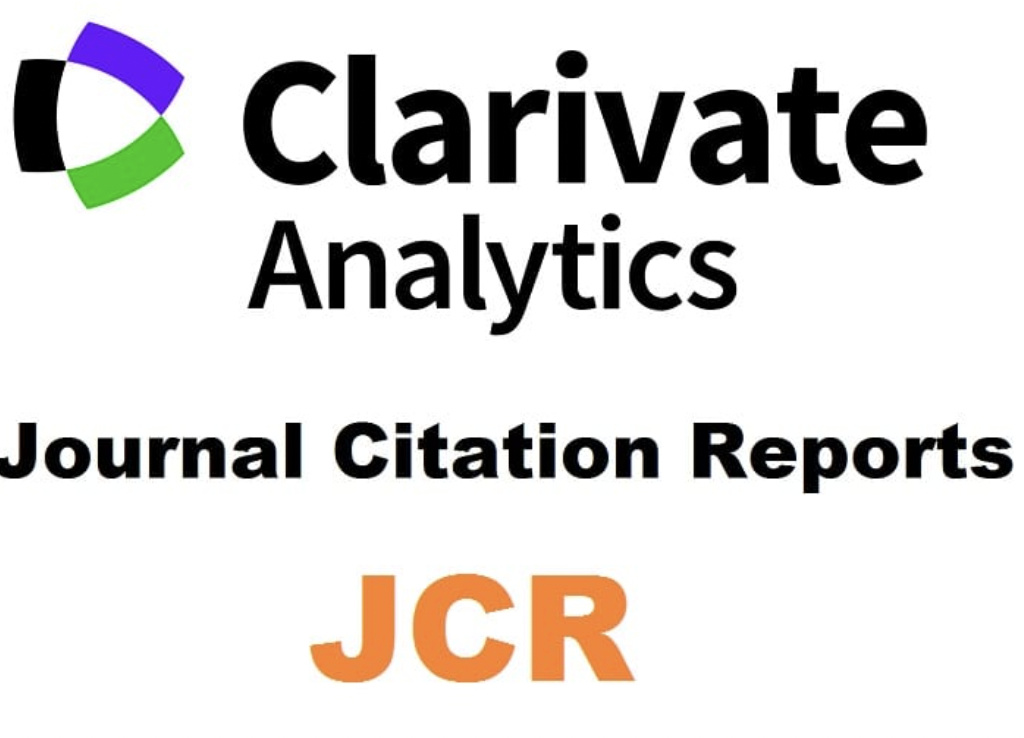A Hermeneutical Reading of a Secularized World:
The Second Vatican Council and its Influence on Graham Greene’s Catholic Imagination
Abstract
The Second Vatican Council and its hermeneutical dynamics of a progressively secularized modern world had a profound impact on the lives of millions. Drawing upon Jüri Lotman’s theory of cultural semiotics, this article aims first to examine Vatican II as an attempt to incorporate frontier discourses into the centrality of the Catholic Church semiosphere, i.e., the Vatican, mainly regarding moral theology and social doctrine. Within this context, I will analyze the impact of the Council on Graham Greene’s Catholic imagination. Through the study of Greene’s correspondence to editors of different publications concerning such controversial topics as birth control, the right to die, and the role of the Church in the political upheavals in Central and Latin America, I will argue that Greene identified himself with Vatican II’s desire to articulate Catholicism in new ways. Additionally, the analysis of his correspondence to the press will offer further insights into how Greene weaves these topics into his literary work. In this sense, Greene embodies the theological issues of the Council in his own religious and literary imagination and illustrates its reception by Roman Catholics in the 1970s and 1980s.
Downloads
-
Abstract235
-
PDF143
References
Antor, H. (1991). Graham Greene as a Catholic novelist. In P. Erlebach & T. M. Stern (Eds.), Graham Greene in perspective (pp. 91–117). Frankfurt: Peter Lang.
Benz, S. (2003). Taking Sides: Graham Greene in Latin America. Journal of Modern Literature, 26(2), 113–128.
Blanchard, A., & Bullivant, S. (2023). Vatican II. A Very Short Introduction. Oxford: Oxford University Press.
Bonnici, T. (1991). As Teorias Desenvolvimentistas e a Teologia da Libertação no Corpus Ficional de Graham Greene Referente a America Latina. Osamayor 2(4), 33–42.
Bosco, M. (2005). Graham Greene’s Catholic Imagination. New York: Oxford University Press.
Brennan, M. (2016). Graham Greene: Political writer. Basingstoke: MacMillan.
Bruce, S., & Voas, D. (2023). Secularization Vindicated. Religions, 14(3), 301. https://doi.org/10.3390/rel14030301
Casanova, J. (2006). Rethinking secularization. A global comparative perspective. The Hedgehog Review, 8, 7–22.
Cornwell, J. (1994). Why I am still a Catholic. In A. F. Cassis (Ed.), Graham Greene. Man of Paradox (pp. 457–476). Chicago: Loyola University Press.
Couto, M. (1994). The Solitude of the Writer and Political Involvement. In A. F. Cassis (Ed.), Graham Greene. Man of Paradox (pp. 413–430). Chicago: Loyola University Press.
Eisenstadt, S. N. (1995). Power, Trust and Meaning. Chicago: Chicago University Press.
Eisenstadt, S. N. (2000). Multiple Modernities. Daedalus, 129(1), 1–29.
Eisenstadt, S. N. (2003). Comparative Civilizations and Multiple Modernities II. Leiden: Brill.
Greene, G. (1960/2001). A Burnt-out Case. London: Penguin.
Greene, G. (1971). Introduction. In G. Greene. The Power and the Glory (pp. vii–xi). London: William Heinemann &The Bodley Head London.
Greene, G. (1973/1991). The Honorary Consul. Harmondsworth: Penguin.
Greene, G. (1982). Monsignor Quixote. New York: Simon and Schuster.
Greene, G. and C. Hawtree. (Eds.). (1989). Yours Etc.: Letters to the Press. London: Reinhardt Books in association with Viking.
Inglehart, R., & Welzel, C. (2005). Modernization, Cultural Change, and Democracy. Cambridge: Cambridge University Press.
Kim, A. (2015). An Introduction to Catholic Ethics since Vatican II. Cambridge: Cambridge University Press.
Levering, M. (2017). An Introduction to Vatican II as an Ongoing Theological Event. Washington D.C.: The Catholic University of America Press.
Lewis, R. (1987). The trilogy. In H. Bloom (Ed.), Graham Greene (pp. 9–32). Philadelphia: Chelsea House Publishers.
Lotman, J. (1990). Universe of the Mind. Bloomington: Illinois University Press.
Lotman, J. (2005). On the semiosphere. Sign System Studies, 33(1), 205–229.
Lotman, J. (2009). Culture and Explosion. Berlin: Mouton de Gruyter.
Marini, P. (2013). The Liturgical Reform: Most Visible Fruit of the Second Vatican Council. In C. Pilcher, D. Orr, & E. Harrington (Eds.), Vatican Council II: Reforming Liturgy (pp. 1–10). ATF Press.
Musiewicz, P. (2023). The Catholic Church’s Formula for Adaptation to Modernity and Contemporary Models of Secularism. Religions, 14(5), 638. https://doi.org/10.3390/rel14050638
Pope Benedict XVI. (2013). Discorso Alla Curia Romana.Acta Apostolicae Sedis 105. Vatican City. Retrieved November 15, 2024 from https://www.vatican.va/content/benedict-xvi/en/speeches/2013/february/documents/hf_ben-xvi_spe_20130214_clero-roma.html.
Pope Francis II. (2013). Address of Pope Francis to the community of writers of “La Civiltà Cattolica. Vatican City. Retrieved November 15, 2024 from https://www.vatican.va/content/francesco/en/speeches/2013/june/documents/papa-francesco_20130614_la-civilta-cattolica.pdf.
Pope John XXIII. (1959). Announcement of An Ecumenical Council, Vatican II. Voice of the Church. Vatican City. Retrieved November 15, 2024 from https://vatican2voice.org/91docs/announcement.htm
Pope Paul VI. (1963). Constitution on the Sacred Liturgy Sacrosanctum Concilium. Vatican City. Retrieved November 15, 2024 from https://www.vatican.va/archive/hist_councils/ii_vatican_council/documents/vat-ii_const_19631204_sacrosanctum-concilium_en.html
Pope Paul VI. (1965). Decree Concerning the Pastoral Office of Bishops in the Church Christus Dominus. Vatican City. Retrieved November 15, 2024 from https://www.vatican.va/archive/hist_councils/ii_vatican_council/documents/vat-ii_decree_19651028_christus-dominus_en.html.
Pope Paul VI. (1965). Pastoral Constitution on The Church in the Modern World Gaudium Et Spes. Vatican City. Retrieved November 15, 2024 from https://www.vatican.va/archive/hist_councils/ii_vatican_council/documents/vat-ii_const_19651207_gaudium-et-spes_en.html.
Pope Paul VI. (1967). Populorum Progressio. Encyclical of Pope Paul VI on the Development of Peoples. Vatican City. Retrieved November 15, 2024 from https://www.vatican.va/content/paul-vi/en/encyclicals/documents/hf_p-vi_enc_26031967_populorum.html.
Valverde, B. (2022). Evangelizing the Church: Soteriology, Liberation, and Transformative Action in Graham Greene’s The Honorary Consul. English Studies, 103(8), 1280–1295.
Valverde, B., & Bosco, M. (2019). Living on the frontier of Catholicism: Graham Greene’s disloyal conversions. European Journal of English Studies, 23(1), 41–55.
Vgenopoulos, M. (2013). Primacy in the church from Vatican I to Vatican II: an orthodox perspective. DeKalb, IL: Illinois University Press.
Watts, C. (2011). Janiform Greene: The paradoxes and pleasures of The Power and the Glory. In D. Gilvary, & D.J. Middleton (Eds.), Dangerous edges of Graham Greene: Journeys with saints and sinners (pp. 97–112). New York: Continuum.
Waugh, E. (1984). The Essays Articles and Reviews of Evelyn Waugh. Edited by Donat Gallagher. London: Methuen.
Waugh, E, Heenan, J.C., & Reid, A. (2011). A bitter trial: Evelyn Waugh and John Carmel Cardinal Heenan on the liturgical changes (Expanded Ed.). San Francisco: Ignatius Press.
Woodman, T. (2002). Graham Greene and the paradoxical church of The Power and the Glory. In T. Hill (Ed.), Perceptions of religious faith in the work of Graham Greene (pp. 139–153). New York: Peter Lang.

This work is licensed under a Creative Commons Attribution-NonCommercial-ShareAlike 4.0 International License.
The works published in this journal are subject to the following terms:
1. The Publications Services at the University of Murcia (the publisher) retains the property rights (copyright) of published works, and encourages and enables the reuse of the same under the license specified in item 2.
2. The works are published in the electronic edition of the magazine under a Creative Commons Attribution Non-commercial Share Alike 4.0.
3.Conditions of self-archiving. Authors are encouraged to disseminate pre-print (draft papers prior to being assessed) and/or post-print versions (those reviewed and accepted for publication) of their papers before publication, because it encourages distribution earlier and thus leads to a possible increase in citations and circulation among the academic community.
RoMEO color: green







